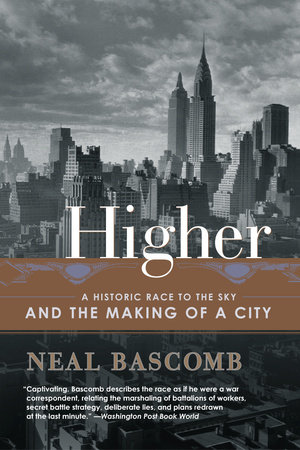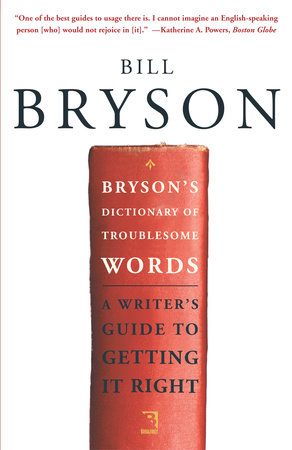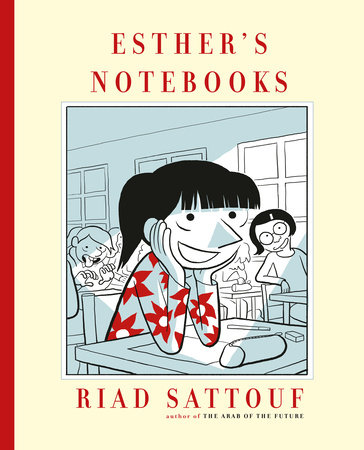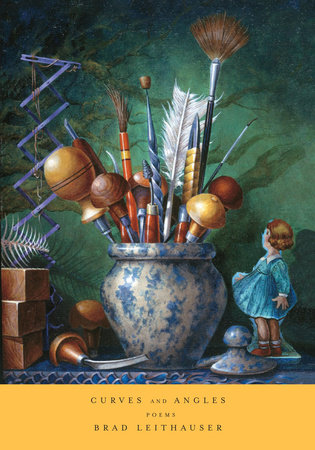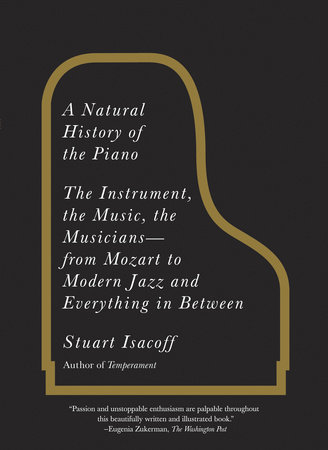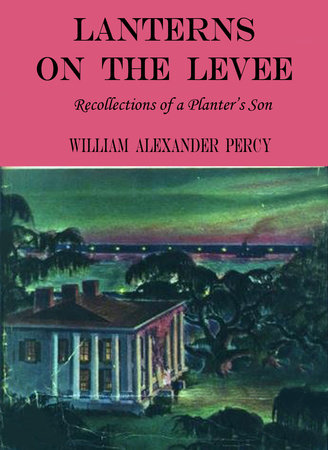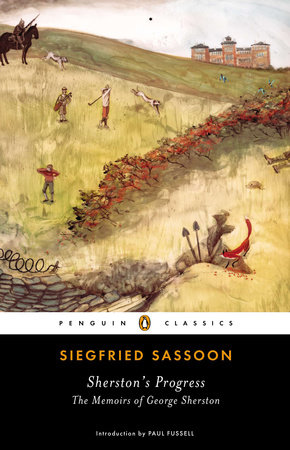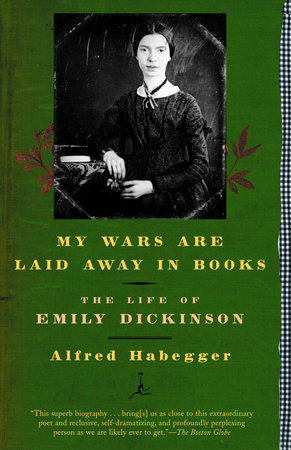“Thrilling. . . . A stunning portrait of a people and the landscape that shaped them.” –The New York Times Book Review
“Told by a voice in love with the light and ice and rippling, infinite beauty of the Arctic north. This Cold Heaven boldly captures the unyielding beauty and spontaneous wonders of life on the icecap.” —The Boston Globe
“Ehrlich has accomplished an extraordinary feat: she has taken a forbiddingly beautiful, haunting and alien landscape and depicted it in equally beautiful and haunting prose.” –Seattle Times
“Gripping. [A] realm of gemlike icebergs, yowling sled dogs, writhing aurora borealis and stalwart, wisecracking hunters.” —San Francisco Chronicle
“Haunting and reflective . . . captures the essence of the Artic.” –Portland Oregonian
“Compelling. . . . At once an engaging history of the Inuit . . . and an affectionate profile of Ehrlich’s Greenlandic friends and their vanishing way of life.” –National Geographic
“Her adventures are wonderfully enlightening about the world way above the treeline. She writes beautifully.” –The Washington Times
“No one who reads this wonderful book will ever forget these singular people or the austerities of the land they inhabit.” –Thomas McGuane
“Get Ehrlich on a sled racing across unknown ice and she’ll carry you bodily into another place and time, another fast-disappearing way of life.” –Ann Jones, The Women’s Review of Books
“A lyrical blend of travel, meditation and history . . . [and] a hymn to the Inuit people’s rootedness in landscape and tradition.” —Times Literary Supplement
“[Ehrlich’s] does a masterful job of creating a nuanced sense of place.”–Conde Nast Traveler






